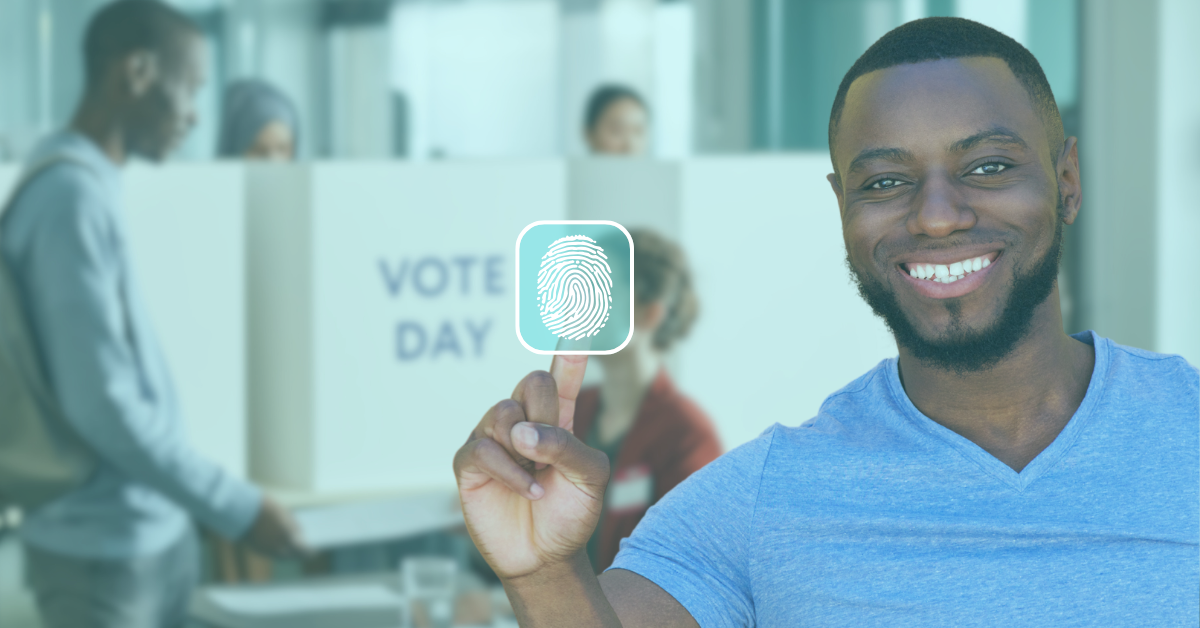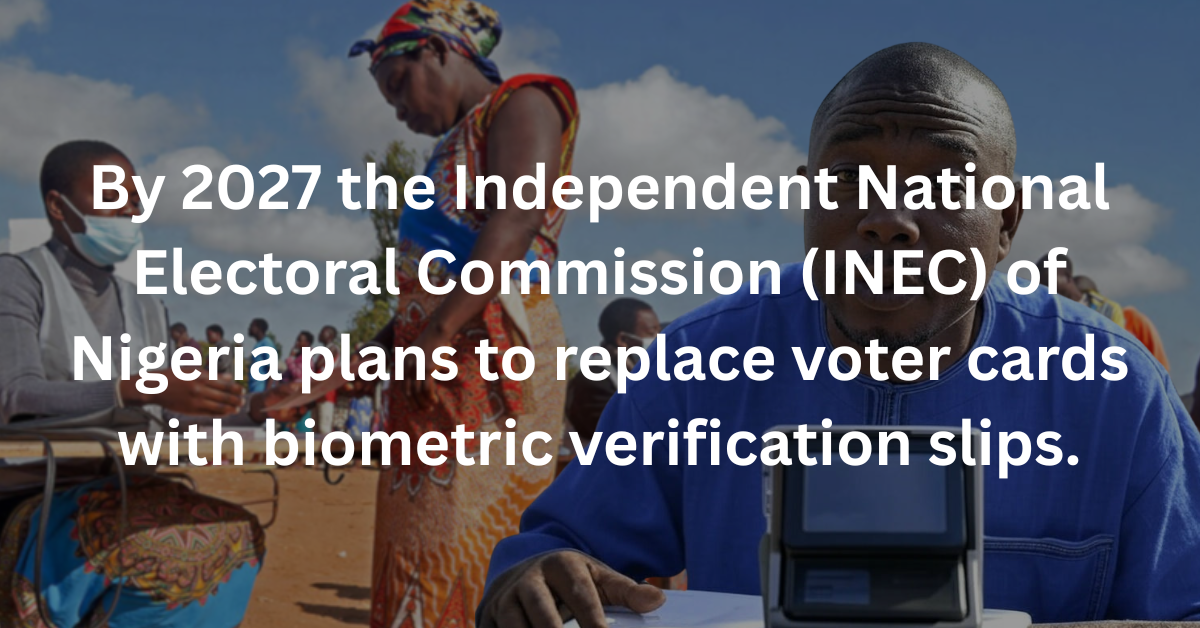Categories
Election integrity is vital in today’s world, and biometric election verification provides a robust solution to secure citizen identities and ensure fair voting. By using unique traits like fingerprints or facial features, this technology helps prevent fraud and fosters trust in democratic systems.
This article examines the role of biometric election verification, its use in voter registration, global implementations, trials for election integrity, and potential challenges in 2025.

Biometric election verification uses unique human characteristics—such as fingerprints, facial features, or iris patterns—to authenticate voters and secure their identities during elections. Unlike paper IDs, which can be forged, biometrics ensure accurate voter identification, reducing risks like impersonation or multiple voting.
The process involves capturing biometric data during registration, storing it securely, and using it to verify identities on election day, creating a fraud-resistant system that strengthens confidence in electoral outcomes worldwide.
Biometric election verification plays a key role in modernizing voter registration, ensuring accuracy and inclusivity in electoral systems. Here’s how it transforms the process:
Electoral commissions use biometric kits to collect data like fingerprints or facial images during voter registration. Devices with high-resolution cameras and fingerprint scanners capture this information, which is encrypted and stored in a secure database, enabling de-duplication to eliminate duplicate registrations that could lead to fraud.
Biometric systems enhance voter registries by removing errors, such as duplicate entries or deceased individuals, ensuring a clean database.
They also improve accessibility by deploying mobile registration units to remote areas, allowing marginalized communities to participate.
With trained officials guiding citizens, the process is intuitive, making biometric election verification a cornerstone for inclusive voter identification.

Across the globe, biometric election verification has been adopted to secure elections and uphold democratic integrity.
Brazil began implementing fingerprint-based biometric voter identification in 2008. By the 2024 municipal elections, over 132 million voters—approximately 82.69% of the electorate—were registered with biometric data.
The Superior Electoral Court (TSE) aims to achieve nearly 100% biometric coverage by the 2026 elections. This system enhances electoral security by preventing voter impersonation and detecting duplicate registrations.
Ghana implemented biometric voter verification in its 2020 general elections, utilizing both fingerprint and facial recognition technologies. The Electoral Commission deployed 74,800 Biometric Verification Devices (BVDs) to authenticate voters at polling stations.
In 2020 this system successfully identified and removed 15,860 duplicate registrations, ensuring that only legitimate voters could cast their ballots.
Several regions are exploring biometric election verification to enhance election integrity, testing innovative systems to ensure transparency and fairness.
In Somaliland, the National Elections Commission (NEC) is trialing advanced biometric solutions. In 2024, the NEC tested the IRIS-BVVS Biometric Voter Verification System, using iris recognition to verify voter identities, involving stakeholders like political parties to ensure credibility for the November 2024 dual elections.
Nigeria is considering biometric reforms for its 2027 elections. Posts on X indicate that the Independent National Electoral Commission (INEC) plans to replace voter cards with biometric verification slips, using the Bimodal Voter Accreditation System (BVAS) with fingerprint or facial recognition to authenticate voters and reduce fraud.
Implementing biometric election verification comes with hurdles that must be addressed to ensure its success. Data privacy is a key concern, as biometric information is sensitive and requires strict protection against cyber threats or misuse, necessitating compliance with robust regulations. High implementation costs can also be a barrier, especially for developing nations, requiring investment in interoperable systems to optimize efficiency.
Additionally, cultural beliefs in regions like rural Nigeria, where some fear biometric data could be used for “demonic manipulation,” underscore the need for comprehensive voter education to build trust and encourage participation.
Biometric election verification is revolutionizing election security in 2025, ensuring precise citizen ID verification and fostering trust in democratic processes. From Brazil’s widespread adoption to Somaliland’s innovative trials, this technology is proving its value in safeguarding elections. However, overcoming challenges like privacy concerns and cultural resistance will be crucial to its global adoption, paving the way for fair, transparent electoral systems worldwide.